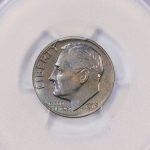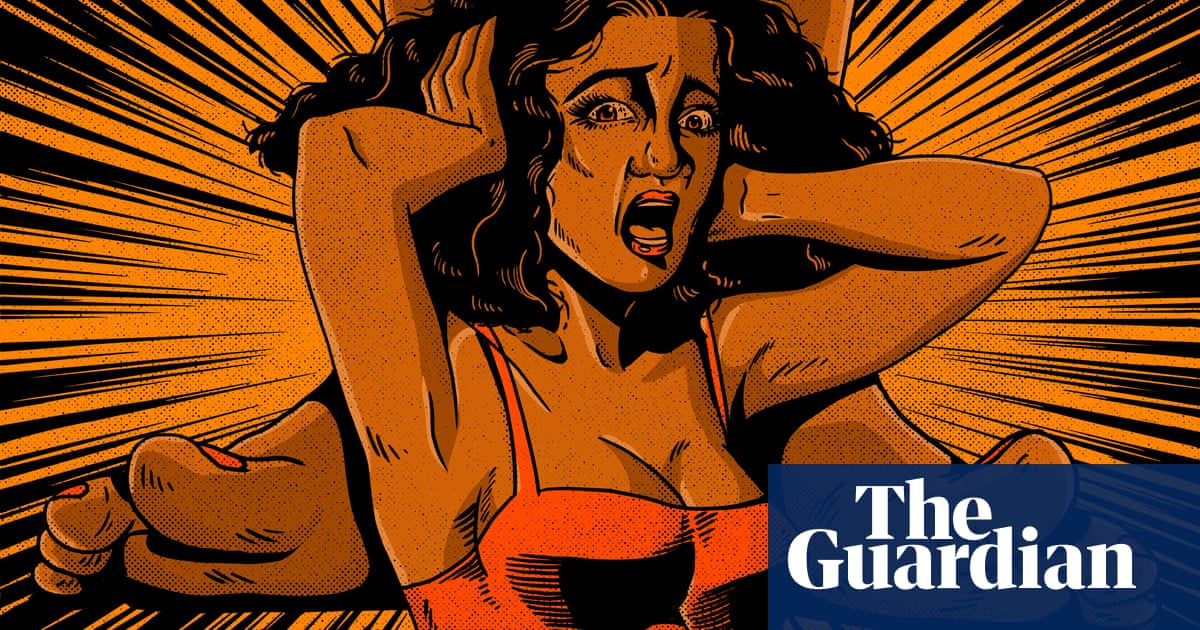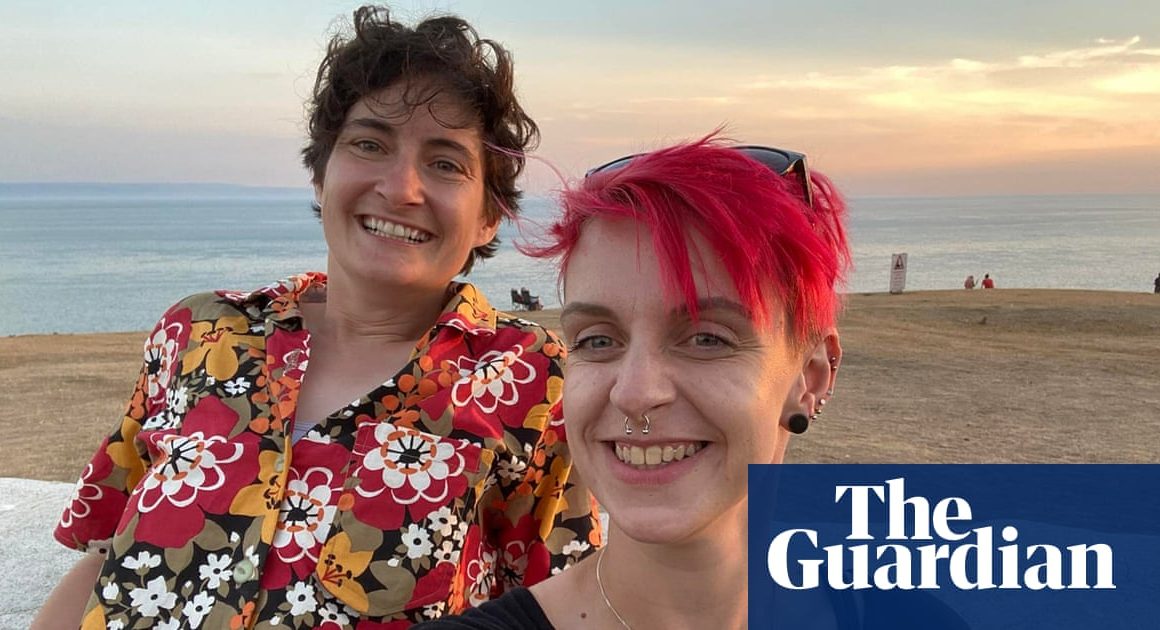Hi Ugly,
At 12, I became self-conscious about my feet. They were size 10 – bigger than most girls’ – and my toes were dark and rough. (I’m Black. Melanin can and will appear everywhere. Even through toenails.) I tried squeezing my feet into smaller shoes and filed down my toenails, which sometimes led to ingrown nails and infections.
At 15, my mom let me wear colored nail polish and covering my toes eased much of my anxiety. I’m now 36. Over the last 10 years, I’ve worn nail polish during family vacation (because I can’t have my in-laws see these ugly piggies) and pregnancy (because I don’t want to be treated poorly for being ugly). During my second pregnancy, I was even afraid to get emergency treatment for preeclampsia because I wasn’t strong enough to DIY a pedicure. Thankfully I didn’t let it stop me from getting life-saving medical attention.
My primary care doctor recently referred me to a podiatrist, who said my feet are healthy and normal – just ugly! I’m dreading the day when my kids will finally notice my toes and verbalize their curiosities. How can I come to terms with my ugly feet? I feel stuck between trying to love myself as-is and putting in beauty labor so I can look better for others. Let me know if I’m being crazy about nothing.
– Toe-tally Obsessed
To paraphrase Oprah, Toe-tally Obsessed: Are you crazy, or were you crazied?
Yes, your fixation on your feet seems extreme – divorced from reality, even. I can guarantee no one has ever judged your toes as harshly as you have, and I can all but guarantee you’ve never been held back in life because someone didn’t like the look of your feet.
But also … I don’t know a single woman who doesn’t have a slightly-untethered-from-reality relationship to a body part of her own, be it pore size, nose size, arm size, wrinkles, whatever. This is what beauty culture does! From the moment of our birth – literally – it trains us to find phantom flaws in our physical selves. It teaches us to funnel time and money into “fixing” our bodies, or focus our thoughts and attention on hating our bodies, or both. Sometimes the features we worry about do disadvantage us in measurable, material ways. See: fatphobia, ageism. Often, they don’t. See: feet.
More from Jessica DeFino’s Ask Ugly:
Still, as someone who also wears a size 10 shoe, I can relate. I’ve panicked before proms, my toes spilling out of too-small strappy sandals. I’ve dreaded removing my boots in front of new boyfriends, lest they realize our stompers are the same size. I once blocked a dating app match who expressed a love of feet – not because I thought it was weird, but because I was sure he couldn’t love mine.
And it strikes me that the preoccupation the two of us share, Toe-totally Obsessed, might not relate to prettiness, per se, but femininity.
Writing about the (false) construct of the gender binary in On Women, Susan Sontag said: “‘Masculinity’ is identified with competence, autonomy, [and] self-control,” as well as strength and power. Aesthetically, these qualities are associated with bigness: big brains, big muscles, and sure, big feet. Femininity, in contrast, “is identified with incompetence, helplessness, passivity, noncompetitiveness, being nice”. Aesthetically, these qualities are associated with smallness: quiet voices, “frivolous” interests (like beauty), slight bodies.
To be a good girl or a good woman, then – in the gender essentialist sense – is to be as tiny as possible.
after newsletter promotion
It’s a standard as old as the 10th century, when foot-binding took hold in China. The practice involved bandaging prepubescent girls’ feet tightly enough to stunt their growth and change their shape, so that they’d stay small forever. (You might have had a similar wish when you stuffed your feet into shoes that didn’t fit and filed down your toenails.) It “symbolized a girl’s willingness to obey, just as it limited the mobility and power of females, kept women subordinate to men, and increased the differences between the sexes”, according to Britannica.
Feet are still fetishized today. “Americans are searching for foot fetish-related search terms nearly 1.5m times per month on average,” said a spokesperson for FeetFinder, an online marketplace for feet photos. More than 700,000 people visit wikiFeet per week. Celebrities are starting to sell their soles: the singer Lily Allen launched a foot-focused OnlyFans account last month, and model Karrueche Tran did the same in March. I predict foot beautification will be a major growth area for the cosmetic industry this year, and millions of women will, unfortunately, join you in worrying about their not-quite-wiki-worthy kickers.
You also mention that your toes are especially melanated, Obsessed, which reminds me of something Riché Richardson, professor and chair of Africana Studies at Cornell University, told me earlier this year. “Light is feminine in the western mind and dark is masculine, and that binary logic tends to hold serious implications for Black and other ethnic women,” Richardson said. She said that the literature of Toni Morrison, for instance, highlights “this tendency to devalue and defeminize Black women on the basis of being dark-skinned”.
Considering all this, and considering that Black women in America are almost three times more likely to die from pregnancy-related causes than white women, I can see why it crossed your mind to delay preeclampsia treatment over a pedicure. I’m glad you didn’t. Because while certain people want us to believe that overcoming sexism, racism or colorism is an individual responsibility – that it’s as simple as trying harder, looking prettier and tugging at our bootstraps – it’s not.
A few years ago, Self magazine published a piece about ways to reduce Black maternal mortality, and a coat of OPI Big Apple Red wasn’t one of them. Instead, solutions included large-scale projects like accurate data collection, countering implicit bias in medical professionals and subsidizing maternal mental health care. In fact, hospitals recommend removing nail polish prior to surgery, since visible changes in the color of patients’ nails can indicate problems with circulation or oxygenation.
To be fair to you, though, Toe-tally, you’re not asking how to solve systemic inequality. You’re wondering how to deal with personal insecurity.
Some ideas: when negative feelings about your feet pop up, remind yourself that the standard of smallness was invented to encourage your subservience. Remember that “ugly” feet have walked you through what sounds like a beautiful life.
It’s rare to catch me promoting beauty products, but outside of hospital settings, I do think it’s okay to continue polishing your toes. Hey – if that’s what keeps you from obsessing over this particular hang-up at high-pressure moments, or stops you from wasting precious brain space, go for it. It would probably behoove you (no pun intended) to get used to the look of your naked nails, but go at your own pace. There are worse beauty standards to perpetuate.
As for how to handle your kids’ future questions on the matter: they may never ask. But what if they inherit your extra-large, “dark and rough” dogs? The best thing you can do for your children is show them that your – their – feet are fine, normal, nothing to worry about.
Finally, you say you’re trying to love yourself as-is, Obsessed. That might be part of the problem. Much like striving for podiatric perfection, loving every last inch of your body is not, in my opinion, a reasonable goal. (Can one even truly love a foot?)
Forget about love! Resign yourself to reality instead. Are your toes gorgeous? No. Will you ever have a devoted following on wikiFeet? No. Will you lead a lesser life because of it? You guessed it: no.
Ask us a question
Do you have a beauty question for Ask Ugly? Submit it anonymously here — and be as detailed as possible, please!











